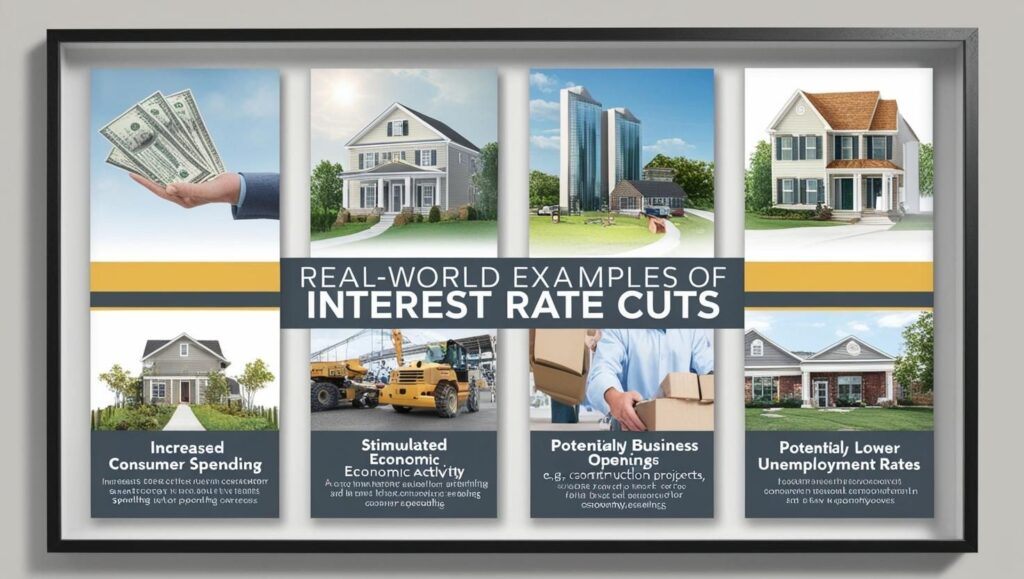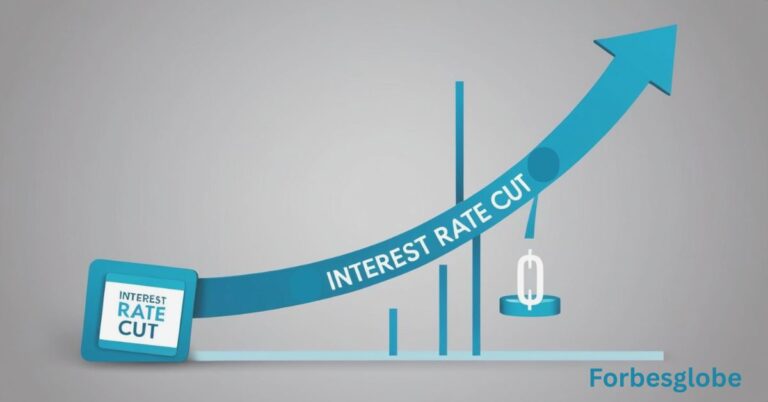In an interconnected global economy, financial decisions made by central banks can have far-reaching consequences. One such powerful decision is an interest rate cut — a move that influences everything from home loans and savings to stock markets and business investments.
Whether you’re a student of economics, a business owner, a working professional, or a curious investor, understanding what an interest rate cut means can provide valuable insights into managing your money wisely during changing financial times.
What Is an Interest Rate Cut?
An interest rate cut occurs when a central bank reduces its benchmark policy rate, often referred to as the repo rate, federal funds rate, or base rate, depending on the country. This rate is the interest rate at which commercial banks borrow money from the central bank.
For example:
- In the United States, the Federal Reserve (Fed) adjusts the federal funds rate.
- In India, the Reserve Bank of India (RBI) adjusts the repo rate.
- In the United Kingdom, the Bank of England adjusts the base rate.
When central banks cut these rates, the ripple effect is felt across the entire economy — from individual consumers to multinational corporations.
Why Do Central Banks Cut Interest Rates?

Interest rate cuts are used as a monetary policy tool to address specific economic conditions. Common reasons include:
Stimulating Economic Growth
Lower interest rates make borrowing cheaper, encouraging spending by consumers and investment by businesses. This increased demand can help boost economic activity and GDP growth.
Combating Recession or Slowdown
During times of economic decline or stagnation, rate cuts aim to revive economic momentum. By reducing the cost of loans, businesses can expand, and consumers are more likely to spend.
Controlling Inflation and Deflation
If inflation is too low (or if there is deflation), a rate cut can help push prices upward by increasing demand. Conversely, when inflation is high, rates are typically raised to cool off the economy.
Encouraging Employment
Rate cuts can encourage businesses to hire more staff as production and demand increase. Lower interest rates reduce operational costs and support employment.
How an Interest Rate Cut Affects Different Sectors
Consumers and Borrowers
- Lower EMI payments: Those with floating-rate loans (home, car, personal loans) may see their monthly payments drop.
- Cheaper new loans: Banks reduce lending rates, making loans more affordable.
- More borrowing, more spending: As loans become more attractive, spending on big-ticket items like homes, vehicles, and education may rise.
Savers and Investors
- Reduced interest income: Savings accounts, fixed deposits (FDs), and bonds may offer lower returns.
- Shift toward equities and mutual funds: Investors may move away from traditional savings products to seek higher returns in the stock market or mutual funds.
Businesses and Corporates
- Cheaper capital: Easier access to credit allows companies to expand operations, upgrade technology, or hire more staff.
- Boost in demand: As consumers spend more, businesses benefit from increased sales and profits.
- Positive investor sentiment: Stock prices may rise as earnings expectations improve.
Real Estate Market
- Mortgage rate cuts make housing more affordable.
- More buyers enter the market, potentially driving up demand and prices.
- Builders and developers can access cheaper loans for construction and expansion.
Stock Market
- Interest rate cuts often lead to bullish market behavior as liquidity increases and borrowing becomes cheaper.
- Banking and financial stocks may be affected differently — banks face lower lending margins but benefit from increased loan activity.
- Sectors like real estate, automobiles, FMCG, and infrastructure often see a boost due to improved consumer sentiment.
Currency and Forex
- A rate cut can lead to currency depreciation, as lower returns may cause foreign investors to pull out their money.
- This could make imports more expensive, but boost exports by making them more competitive globally.
Real-World Examples of Interest Rate Cuts

United States
During the 2020 COVID-19 pandemic, the Federal Reserve slashed interest rates to near-zero to support the economy amid lockdowns and unemployment.
India
The Reserve Bank of India has historically cut rates during economic slowdowns, such as in 2020 and 2019, to encourage growth, especially in sectors like housing and MSMEs.
Eurozone
The European Central Bank has even adopted negative interest rates in the past, aiming to fight deflation and stimulate bank lending.
Pros and Cons of Interest Rate Cuts
Pros
- Lower cost of borrowing
- Boost in consumption and investment
- Economic stimulus during recessions
- Encourages employment and industrial activity
- Positive for borrowers and homebuyers
Cons
- Reduced income for savers and retirees
- Risk of asset bubbles in real estate and stocks
- Possibility of rising inflation if not managed properly
- Weakening of domestic currency
- Lower profit margins for banks and NBFCs
What Should You Do During an Interest Rate Cut?
For Borrowers
- Refinance your loans: If you have high-interest debt, consider switching to lower-rate loans.
- Take advantage of affordable credit: Explore personal or home loan opportunities if you’ve been planning major purchases.
For Savers
- Re-evaluate fixed-income investments: Consider laddering your FDs or shifting a portion of your portfolio to mutual funds or debt funds.
- Look for high-yield accounts or newer fintech savings options.
For Investors
- Diversify your portfolio: Rate cuts can boost stock markets, but balance risk by holding diversified assets.
- Watch for sector-specific gains: Focus on sectors that benefit from lower rates like real estate, auto, and consumer durables.
FAQs
Is an interest rate cut good or bad?
It depends on your financial position. It’s good for borrowers but may be less favorable for savers.
Do banks immediately reduce interest rates after a central bank cut?
Banks may pass on the rate cut with some delay, depending on their cost of funds and lending strategy.
How often do interest rates change?
There’s no fixed frequency. Central banks typically review rates every few months during their monetary policy meetings.
How does a rate cut affect inflation?
A rate cut can increase inflation if it boosts spending and demand faster than the supply of goods and services.
Conclusion:
While an interest rate cut can stimulate growth, reduce loan costs, and boost investor sentiment, it also has drawbacks such as lower returns for savers and potential inflation risks.
For individuals and businesses alike, the key is to stay informed and adjust financial strategies accordingly. Whether you’re looking to borrow, invest, or save, understanding the implications of rate changes can help you make more confident and strategic decisions.
Also Read:
NYT Mini Answers: Daily Clues & Solutions for Quick Crossword Wins
Northern Lights Vancouver: Where and How to See the Aurora Near the City
Zak Doffman: Cybersecurity Analyst, Forbes Journalist, and Leading Voice on Digital Privacy


